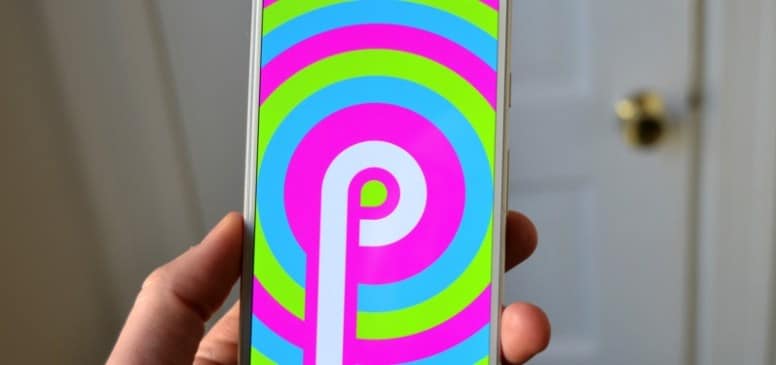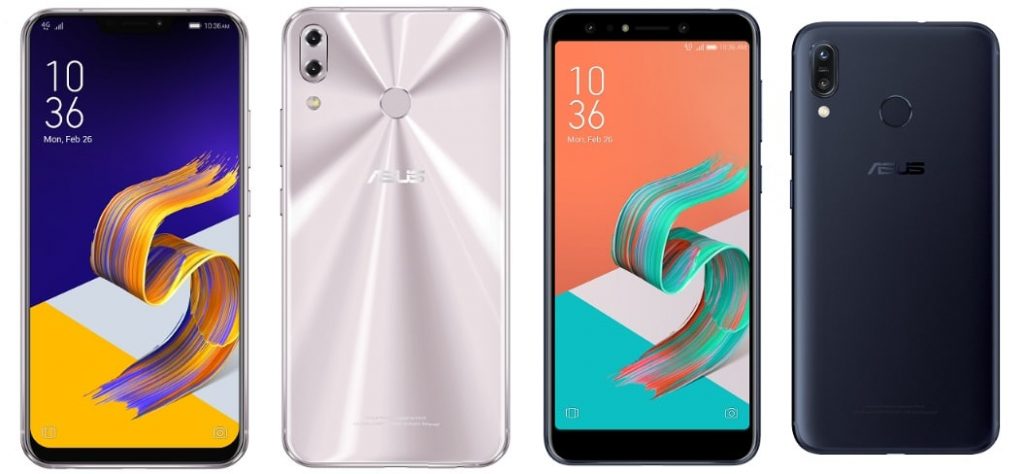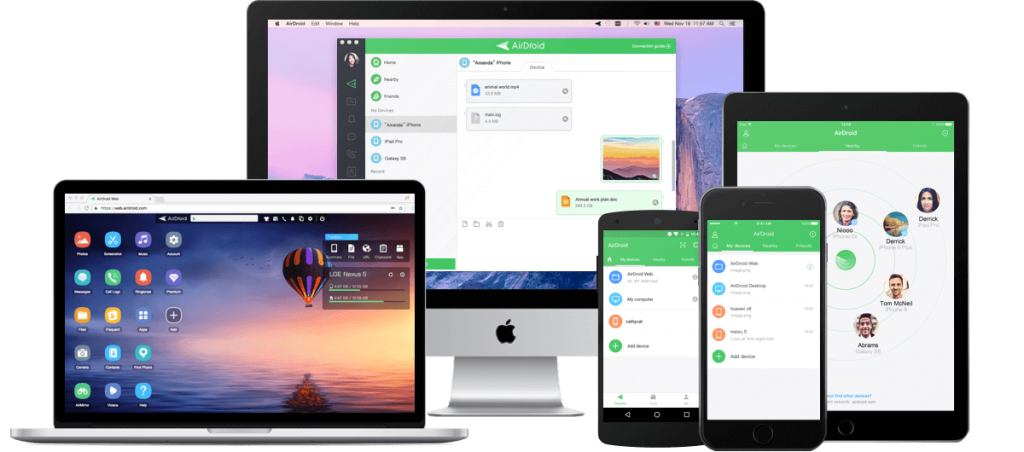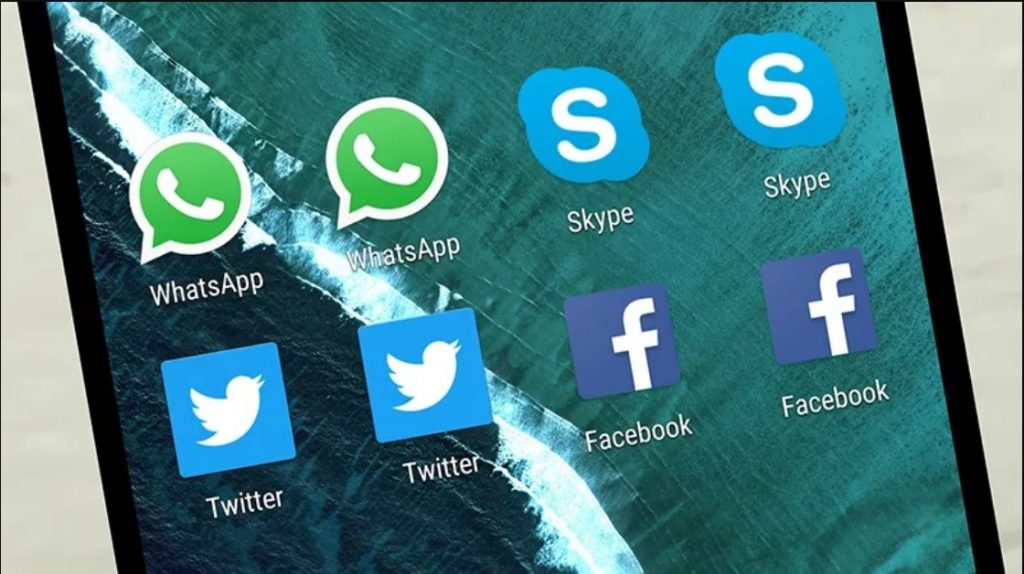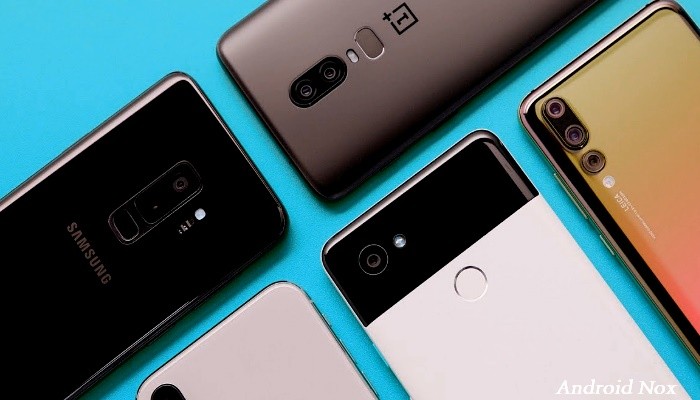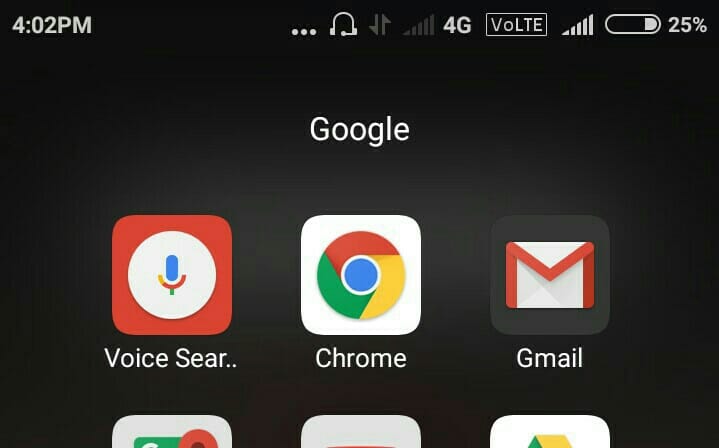The Google Pixel have released a way to know the heart rate using the mobile camera, through the Google Fit app. And to know how reliable this reading is, we have faced it against the Samsung Galaxy Watch Active2, TicWatch Pro 3, the Apple Watch Series 4 and against a wrist blood pressure monitor.
Knowing the number of beats that our heart has each minute is not too difficult since it is enough to look at a clock and take our pulse to know the figure. Now this is not very practical if we want to know the health of our heart throughout the day, especially when we do sports or rest; hence Google has included a handy scanner in its Google Pixel. And just by using the camera, more practical impossible. Of course, it does not have to be more reliable: let’s check it out.
Surprisingly accurate with resting heartbeats

Google has developed an algorithm for its camera software that allows you to measure changes in the capillaries in your fingers when your heart pumps blood with each beat. To carry out the process, you have to place your finger in the center of the mobile camera and wait half a minute for Google Fit, the app in charge of the task, to analyze the detected heart rate. After the analysis, the keystrokes appear on the screen.

As with the rest of the devices capable of measuring heart rate, and which do not belong to the group of medical devices, you just have to take the reading as mere information, not as a health data that gives rise to modify the medications. And as a fact, the truth is that Google does it quite well, at least if the keystrokes are not high.
We were making multiple measurements with the aforementioned devices: a Samsung Galaxy Watch Active2, the TicWatch Pro 3, an Apple Watch Series 4 and a home wrist blood pressure monitor. In addition, we use the Google Pixel 4a as a test mobile. All the readings are made with the Google Fit app on this phone.
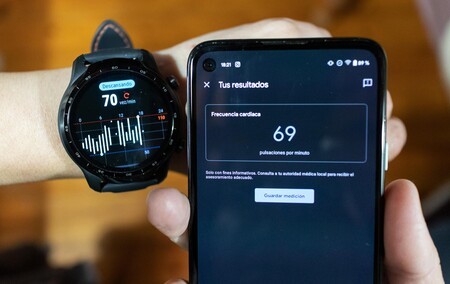 TicWatch Pro 3
TicWatch Pro 3  Samsung Galaxy Watch Active2
Samsung Galaxy Watch Active2  Apple Watch Series 4
Apple Watch Series 4 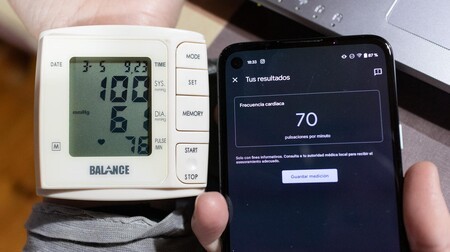 Wrist blood pressure monitor
Wrist blood pressure monitor The data that the comparison produced shows a sufficiently precise equivalence between the Pixel camera and the optical sensors of the watches: all measurements at rest were similar. Even with the blood pressure monitor, a device that provides greater precision than the optical sensors attached to the skin that smartwatches have.
The measurements made are always comparative: none of the devices used is capable of offering the heart rate with 100% accuracy
Reading with the mobile camera is somewhat slower and more cumbersome, but the truth is that it works. With pulsations at rest, and below 100, we do not find a major problem: Google Fit is equivalent to devices with sensors dedicated to reading the heart rate. But what if the heart rate goes up?
At medium and high pulsations the camera does not serve as a pulsation reader

It was time to raise the pulsations of the test, and never better said: we faced the watches, the mobile camera and the blood pressure monitor after a few minutes of intense exercise. The result left Google Fit in a bad place, as was logical: the camera cannot analyze the variations in the capillaries of the finger if they occur with a high frequency.
At a medium heart rate we were able to make comparisons, quite the opposite of what happened above 140 beats: the Google Pixel was unable to perform a reading, it always gave us an error during the process. Below is the sample at half pace.
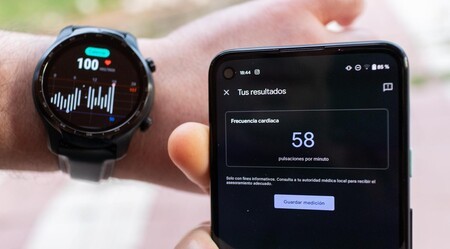 TicWatch Pro 3
TicWatch Pro 3 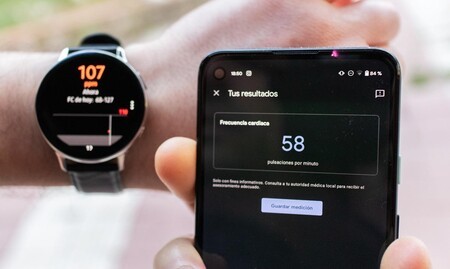 Galaxy Watch Active 2
Galaxy Watch Active 2  Apple Watch Series 4
Apple Watch Series 4  Wrist blood pressure monitor
Wrist blood pressure monitor The mobile camera serves as a heart rate scanner, yes, but always at rest
That the precision above 100 beats is deficient does not remove the great effort put by Google in develop a universal and simple method of knowing the heart rate. The data will always have to be considered as informative, not as medical, but that only with the telephone we can know how our heart works at rest is a great advantage. Especially because Google will take the heart reading of Fit to the rest of Android phones (at the moment it is exclusive to the Pixel).
After having carried out dozens of tests, we want to offer a series of tips to make reading easier:
- You have to place your finger correctly in the center of the camera. Google Fit offers a kind of visual guide, but it is not very precise.
- The brighter the environment, the more reliable the reading will be. And fewer errors will be thrown by the application during the process.
- During the reading you have to remain still and calm. The quieter the process, the more likely it is that it won’t fail.
- If you have played sports, it is best not to try it. As we have said, the camera is used to measure the heart rate at rest: if there has been movement, the reading will be failed.
- It is important to clean the chamber after each reading. As your finger rests on the lens, the grease left on the glass could spoil your photos.

